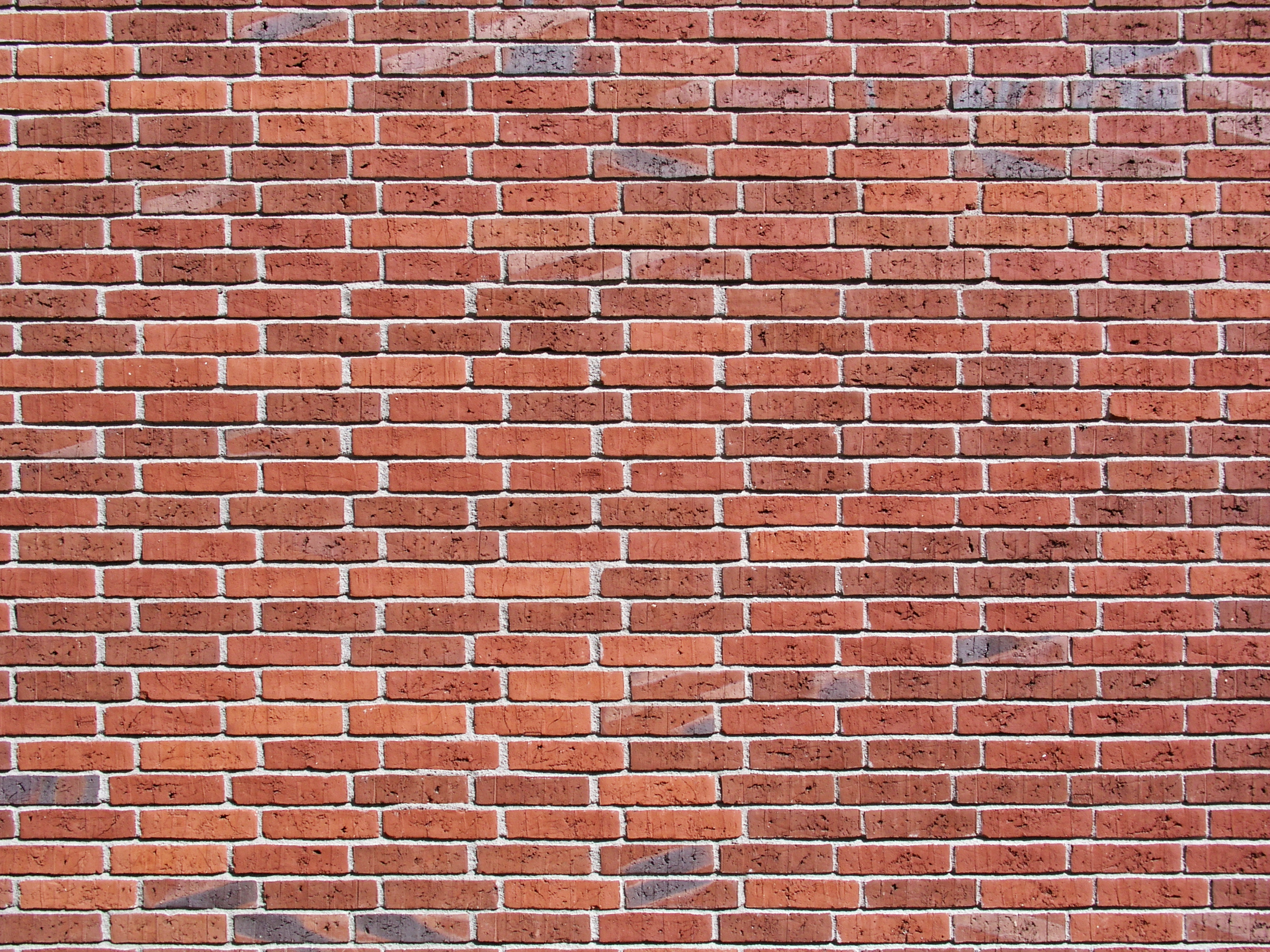If you're in the market for a new kitchen sink, you may have come across the option of an undermount sink. These sinks are installed underneath the countertop, creating a seamless and modern look in your kitchen. But before you make a decision, it's important to weigh the pros and cons of this type of sink. Let's take a closer look at undermount kitchen sinks and what they have to offer.1. Undermount Kitchen Sinks: The Pros and Cons |
When choosing a new kitchen sink, one of the main decisions you'll have to make is whether to go with a top mount or undermount sink. Both options have their own set of advantages and disadvantages, so it ultimately comes down to personal preference and your specific needs. Let's compare the two to help you make the right choice for your kitchen.2. Top Mount vs Undermount Sinks: Which Should You Choose? |
Buying a new kitchen sink can be overwhelming with all the different options available. To make the process easier, here are some key factors to consider when choosing a sink: Size and Configuration: The size and shape of your sink will depend on your kitchen layout and personal preference. You can choose from single, double, or even triple bowl sinks. Make sure to measure your sink space accurately before making a purchase. Material: Kitchen sinks come in a variety of materials such as stainless steel, porcelain, granite, and more. Consider your budget and the durability and maintenance of each material before making a decision. Style: From traditional to modern, there are endless styles of kitchen sinks to choose from. Consider the overall design of your kitchen and choose a sink that complements it.3. Kitchen Sink Buying Guide |
Installing an undermount sink requires some skill and precision, but with the right tools and instructions, it can be done by a DIYer. Here are the basic steps for installing an undermount sink: Step 1: Prepare the sink by attaching any necessary brackets or clips to the underside of the sink. Step 2: Measure and mark the area on the countertop where the sink will be placed. Step 3: Cut a hole in the countertop following the marked area. Step 4: Apply a bead of silicone adhesive around the perimeter of the sink cutout. Step 5: Carefully lower the sink into the cutout and press down to ensure a secure bond. Step 6: Secure the sink to the countertop with the clips or brackets.4. How to Install an Undermount Sink |
Top mount and undermount sinks may look similar, but they have some distinct differences. Here are some key differences between the two: Installation: Top mount sinks are installed by dropping the sink into a hole in the countertop, while undermount sinks are installed underneath the countertop. Appearance: Undermount sinks create a seamless look with the countertop, while top mount sinks have a visible rim. Cleaning and Maintenance: Top mount sinks can be easier to clean as there is no seam between the sink and countertop. However, undermount sinks may require more maintenance to keep the seam clean and free of mold and mildew.5. Top Mount vs Undermount Kitchen Sinks: What's the Difference? |
When it comes to choosing the right kitchen sink, there is no one-size-fits-all solution. It's important to consider your budget, kitchen layout, and personal preferences. Take the time to research and compare different options to find the perfect sink for your home. Remember to also consider the installation process and maintenance requirements.6. Choosing the Right Kitchen Sink |
Choosing the right kitchen sink is an important decision, as it will be a functional and aesthetic part of your kitchen for years to come. Here are some tips to help you make the right choice: Consider Your Needs: Think about how you use your kitchen and what features are important to you. Do you need a large sink for washing pots and pans? Do you prefer a deeper sink for soaking dishes? Explore Different Materials: Each sink material has its own pros and cons, so it's important to research and compare before making a decision. For example, stainless steel sinks are durable and affordable, while porcelain sinks are more prone to chipping and cracking but have a timeless look. Think Long-Term: While it may be tempting to choose the cheapest option, remember that your sink will be used daily and should be a long-term investment. Consider durability and maintenance when making a decision.7. How to Choose the Right Kitchen Sink for Your Home |
When it comes to style, both top mount and undermount sinks have their own unique look. Top mount sinks have a visible rim, which can add a traditional and classic touch to a kitchen. Undermount sinks, on the other hand, create a seamless and modern look. Consider the style of your kitchen and choose a sink that complements it.8. Kitchen Sink Styles: Top Mount vs Undermount |
Installing a kitchen sink can be a DIY project, but it's important to consider the difficulty level for each type. Top mount sinks can be easier to install, as they simply need to be dropped into a hole in the countertop. Undermount sinks, on the other hand, require more precision and may be better left to a professional.9. Kitchen Sink Installation: Top Mount vs Undermount |
There are many materials to choose from when it comes to kitchen sinks, each with its own set of pros and cons. Here are some popular materials and their characteristics: Stainless Steel: Durable, affordable, and easy to clean, but can scratch and show water spots. Porcelain/Ceramic: Timeless and easy to clean, but prone to chipping and cracking. Granite/Composite: Scratch and stain-resistant, but can be expensive and heavy. Ultimately, the best kitchen sink for your home will depend on your personal preferences and budget. Consider these factors and choose a sink that fits your needs and complements your kitchen's style. With the right choice, your kitchen sink can be a functional and beautiful addition to your home.10. Kitchen Sink Materials: Pros and Cons |
The Pros and Cons of Having Your Kitchen Sink Above or Below the Countertop
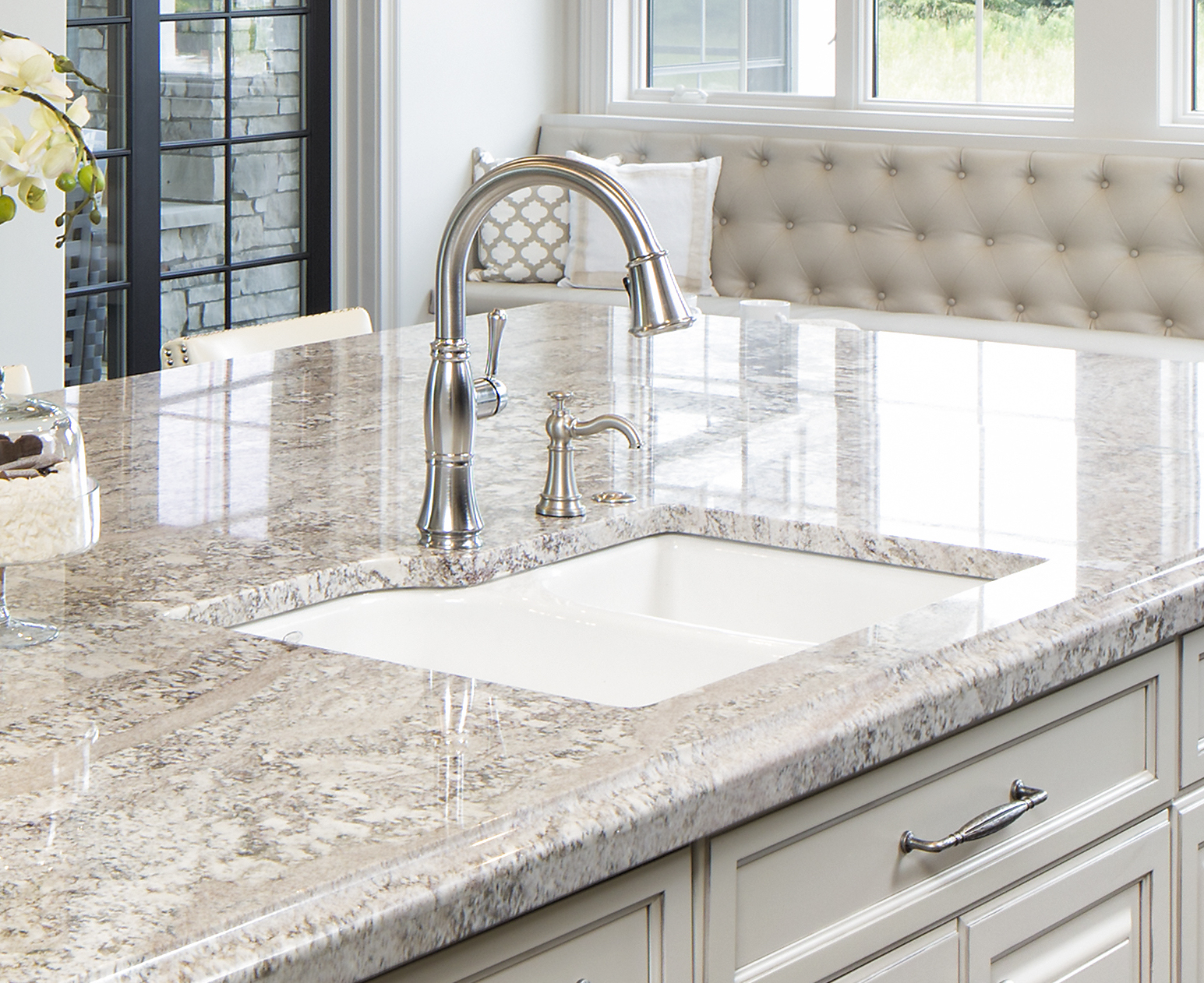
Introduction
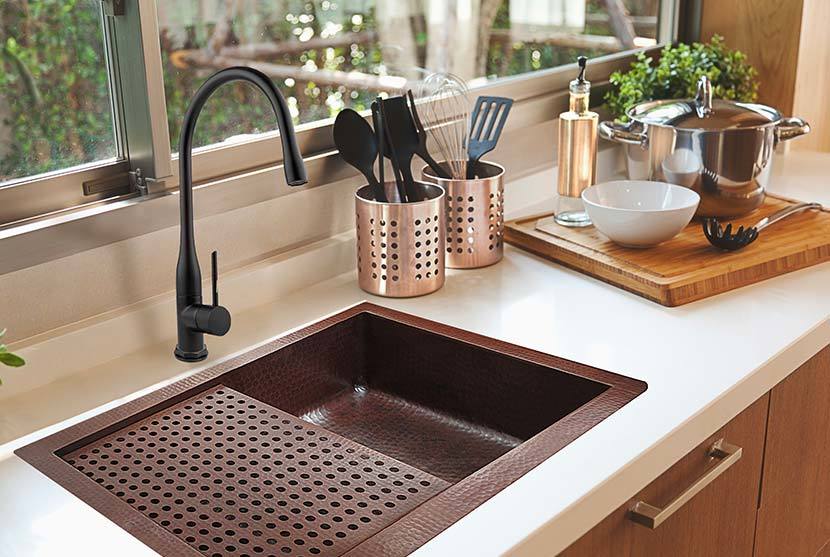 When designing a kitchen, one of the biggest decisions you'll have to make is where to place the sink. While it may seem like a simple choice, the decision to have your sink above or below the countertop can greatly impact the overall functionality and aesthetics of your kitchen. In this article, we will explore the pros and cons of each option to help you make the best decision for your home.
When designing a kitchen, one of the biggest decisions you'll have to make is where to place the sink. While it may seem like a simple choice, the decision to have your sink above or below the countertop can greatly impact the overall functionality and aesthetics of your kitchen. In this article, we will explore the pros and cons of each option to help you make the best decision for your home.
Above-Counter Sinks
 Above-counter sinks
are mounted on top of the countertop, creating a sleek and modern look. One of the main advantages of this type of sink is its
versatility
. You can choose from a variety of materials, shapes, and sizes to match your kitchen's style and needs. Additionally, above-counter sinks are
easier to install
compared to under-counter sinks, making them a great option for a quick kitchen renovation.
However, there are also some downsides to having an above-counter sink. First and foremost, it
takes up valuable counter space
, which can be a major issue for smaller kitchens. It also tends to
collect more dirt and grime
around the edges, making it harder to clean. Furthermore, if you have a busy kitchen, you may find yourself constantly wiping away water splashes from the countertop.
Above-counter sinks
are mounted on top of the countertop, creating a sleek and modern look. One of the main advantages of this type of sink is its
versatility
. You can choose from a variety of materials, shapes, and sizes to match your kitchen's style and needs. Additionally, above-counter sinks are
easier to install
compared to under-counter sinks, making them a great option for a quick kitchen renovation.
However, there are also some downsides to having an above-counter sink. First and foremost, it
takes up valuable counter space
, which can be a major issue for smaller kitchens. It also tends to
collect more dirt and grime
around the edges, making it harder to clean. Furthermore, if you have a busy kitchen, you may find yourself constantly wiping away water splashes from the countertop.
Below-Counter Sinks
 Below-counter sinks
are installed underneath the countertop, creating a seamless and minimalist look. This type of sink is perfect for those who value
clean and clutter-free counters
. The lack of edges and crevices also makes it easier to clean and maintain, making it a popular choice for families with young children.
However, having a below-counter sink also has its drawbacks. For one, the installation process is more complex and may require professional help, which can add to the overall cost. Additionally, since the sink is hidden, it may be harder to spot any leaks or damages. This can lead to potential issues if not caught and fixed early on.
Below-counter sinks
are installed underneath the countertop, creating a seamless and minimalist look. This type of sink is perfect for those who value
clean and clutter-free counters
. The lack of edges and crevices also makes it easier to clean and maintain, making it a popular choice for families with young children.
However, having a below-counter sink also has its drawbacks. For one, the installation process is more complex and may require professional help, which can add to the overall cost. Additionally, since the sink is hidden, it may be harder to spot any leaks or damages. This can lead to potential issues if not caught and fixed early on.
Conclusion
 In conclusion, the decision to have your kitchen sink above or below the countertop ultimately comes down to personal preference and the specific needs of your household. Above-counter sinks offer versatility and easy installation, while below-counter sinks provide a clean and minimalist look. Consider the pros and cons mentioned above before making your final decision. Ultimately, whichever option you choose, make sure it suits your lifestyle and complements the overall design of your kitchen.
In conclusion, the decision to have your kitchen sink above or below the countertop ultimately comes down to personal preference and the specific needs of your household. Above-counter sinks offer versatility and easy installation, while below-counter sinks provide a clean and minimalist look. Consider the pros and cons mentioned above before making your final decision. Ultimately, whichever option you choose, make sure it suits your lifestyle and complements the overall design of your kitchen.
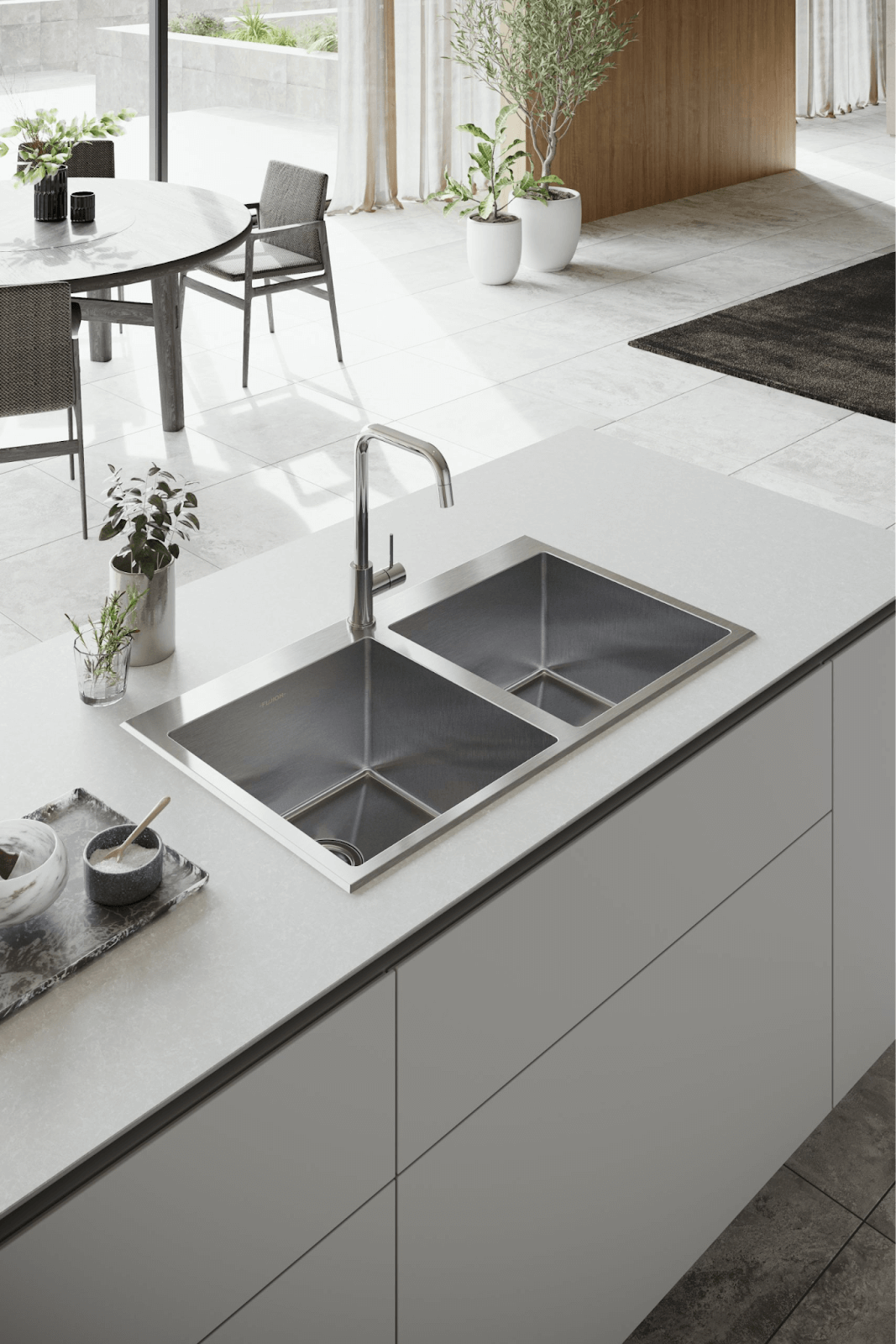

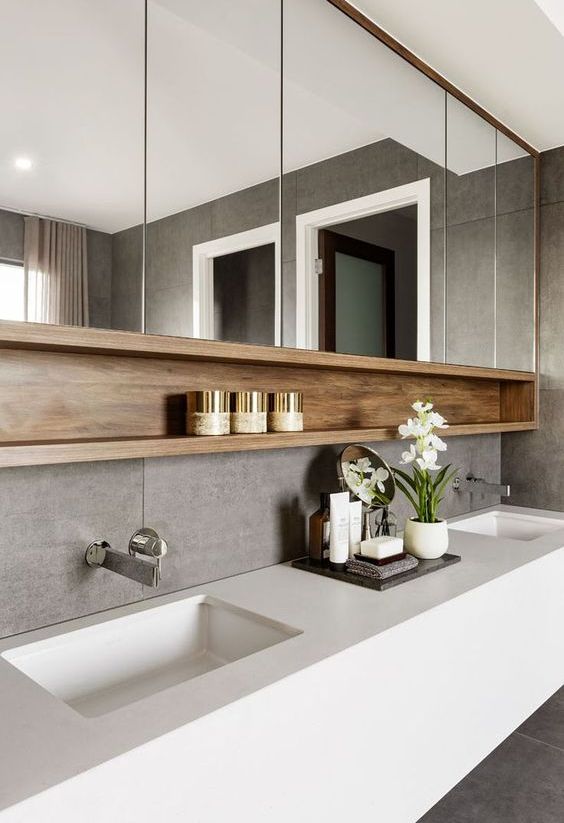
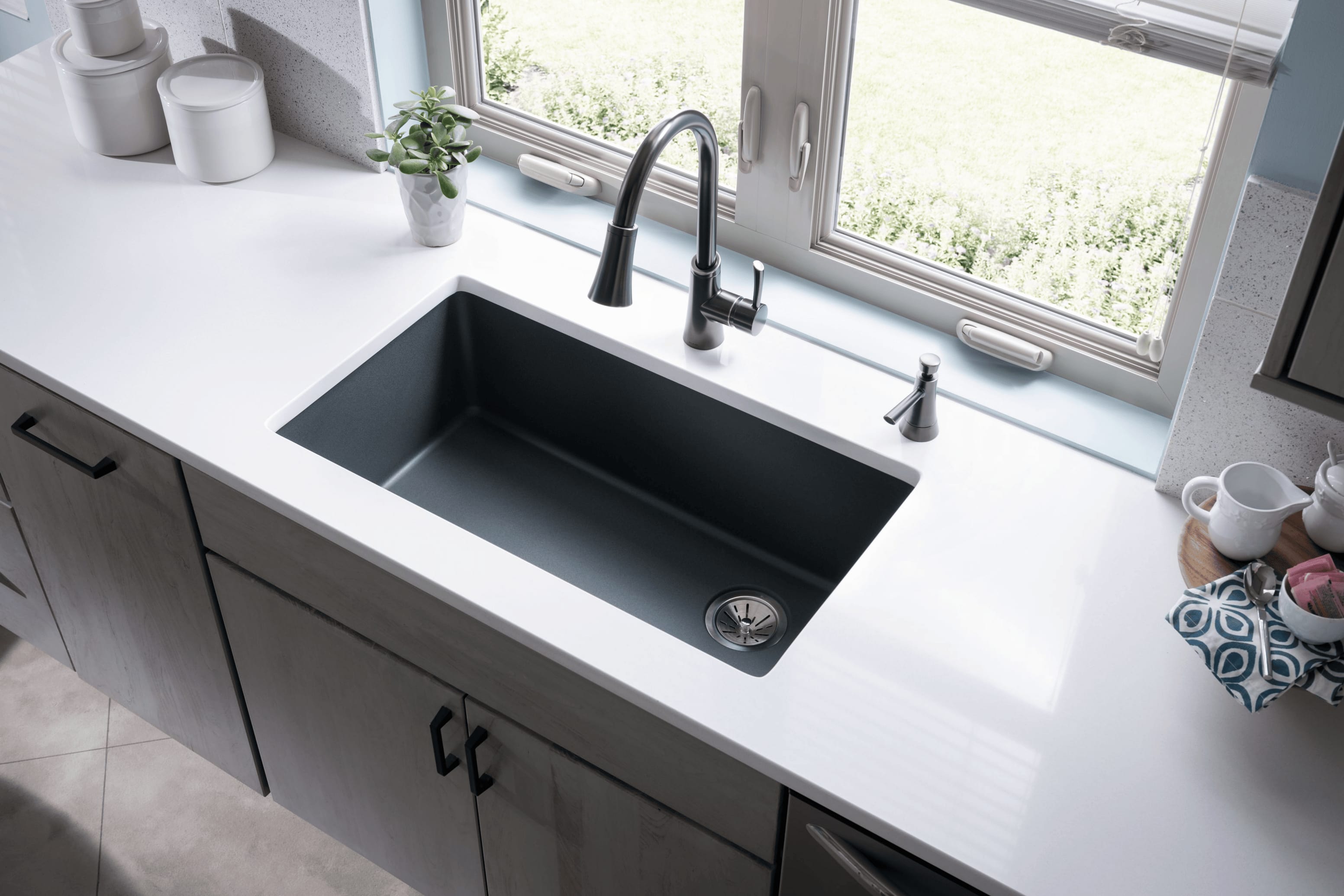


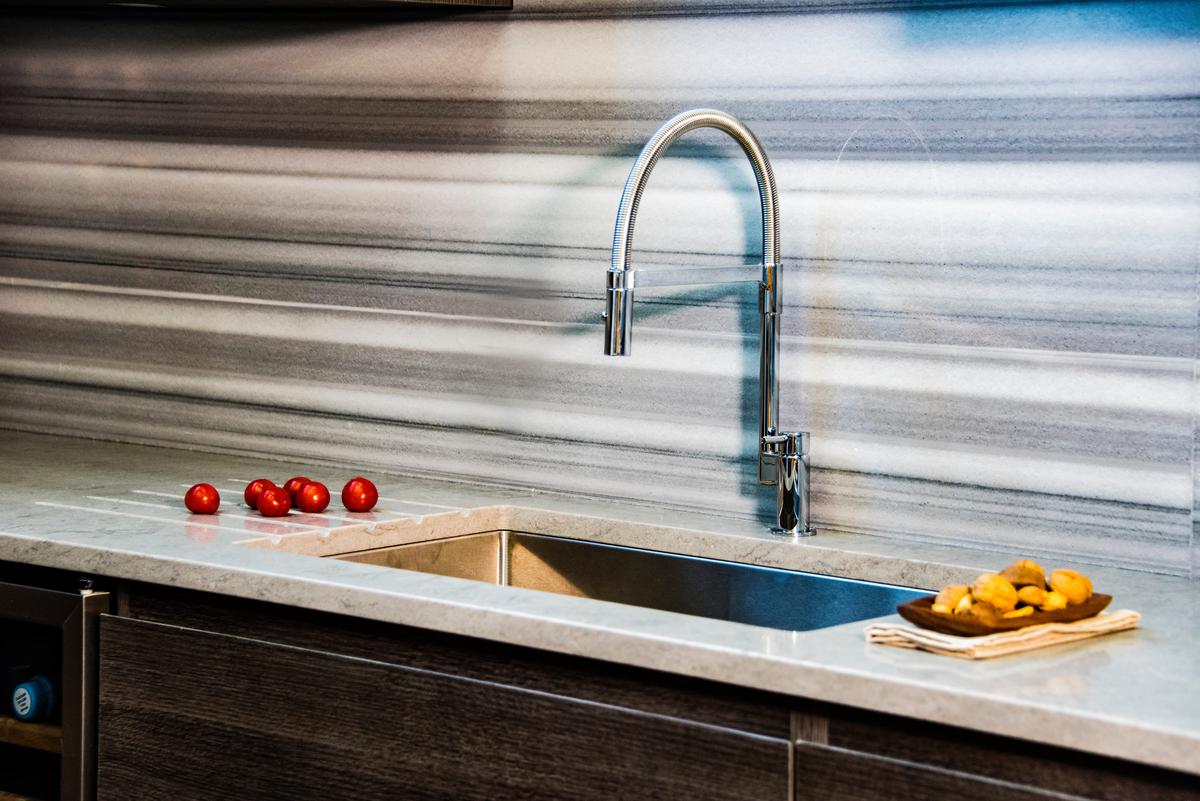
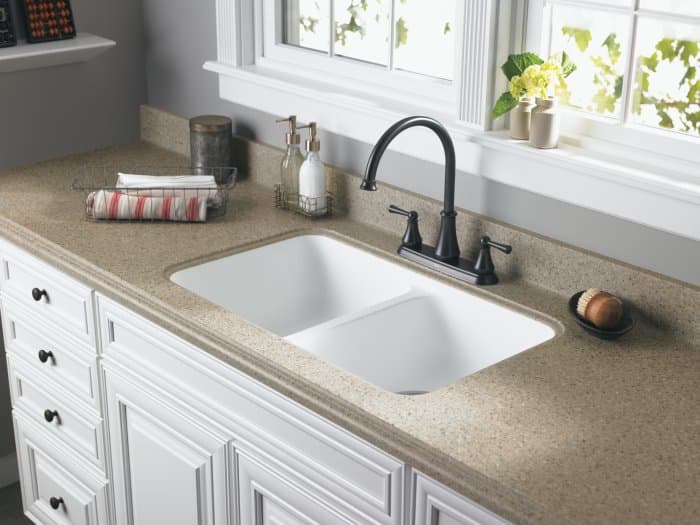
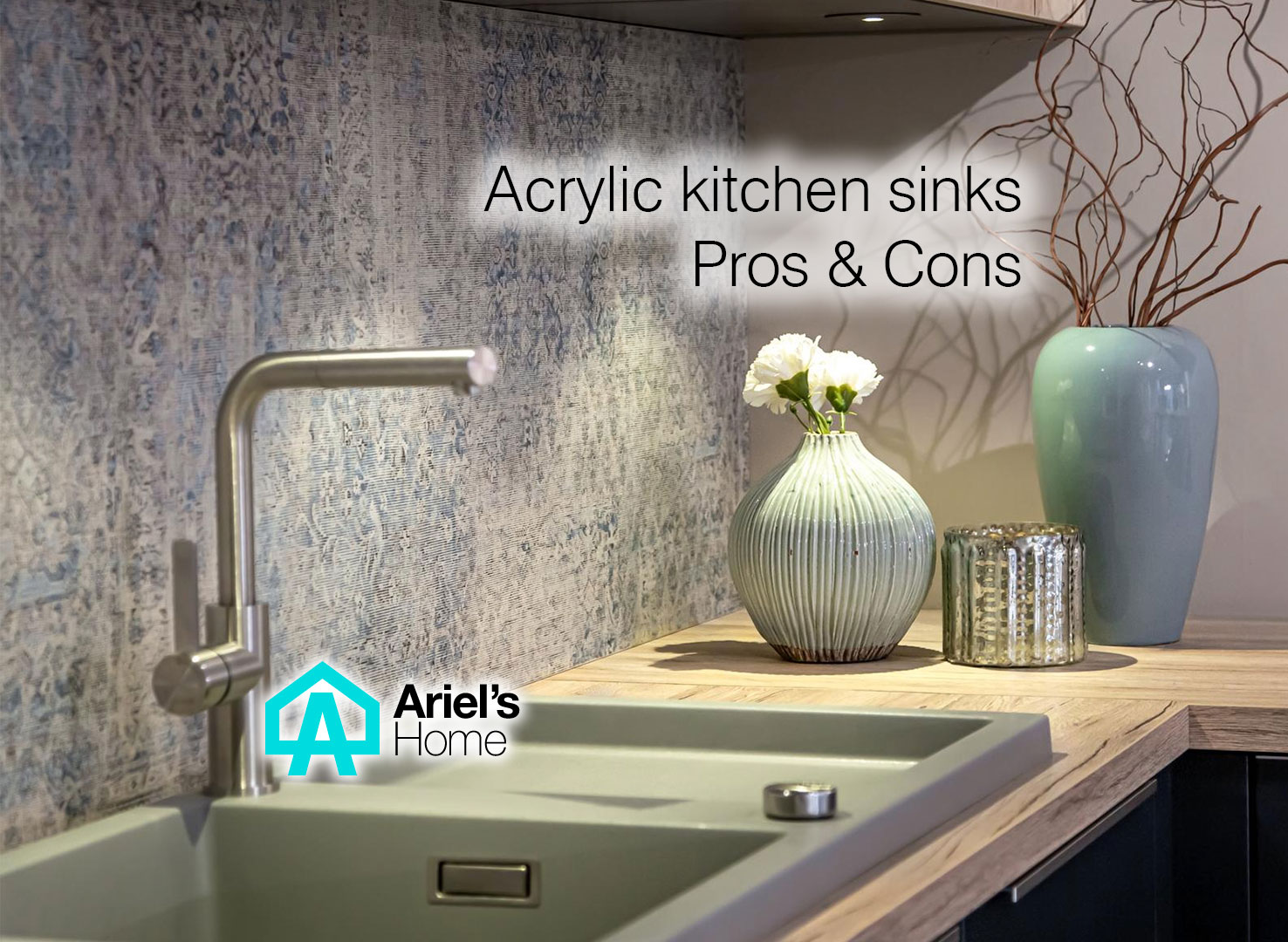
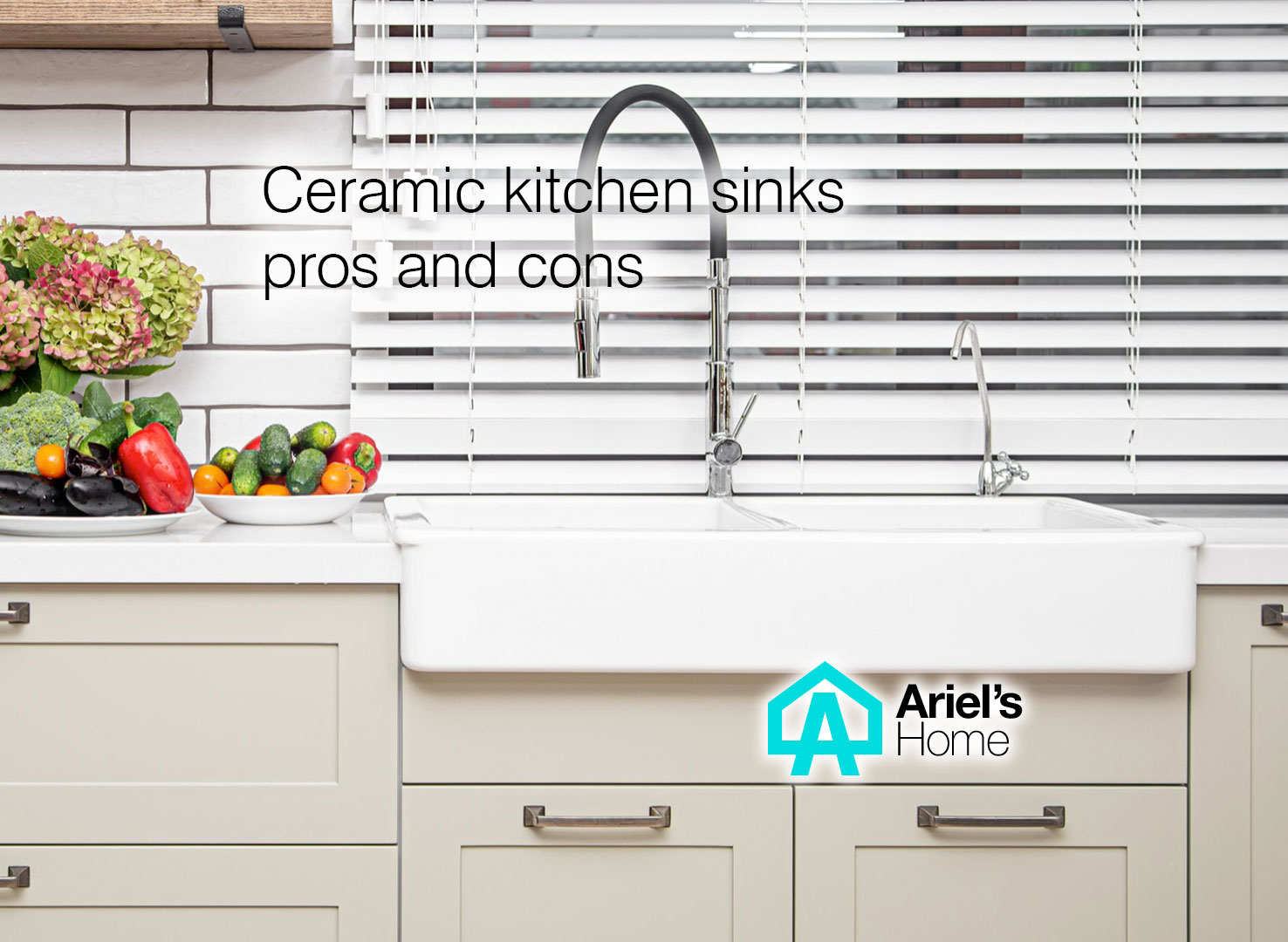




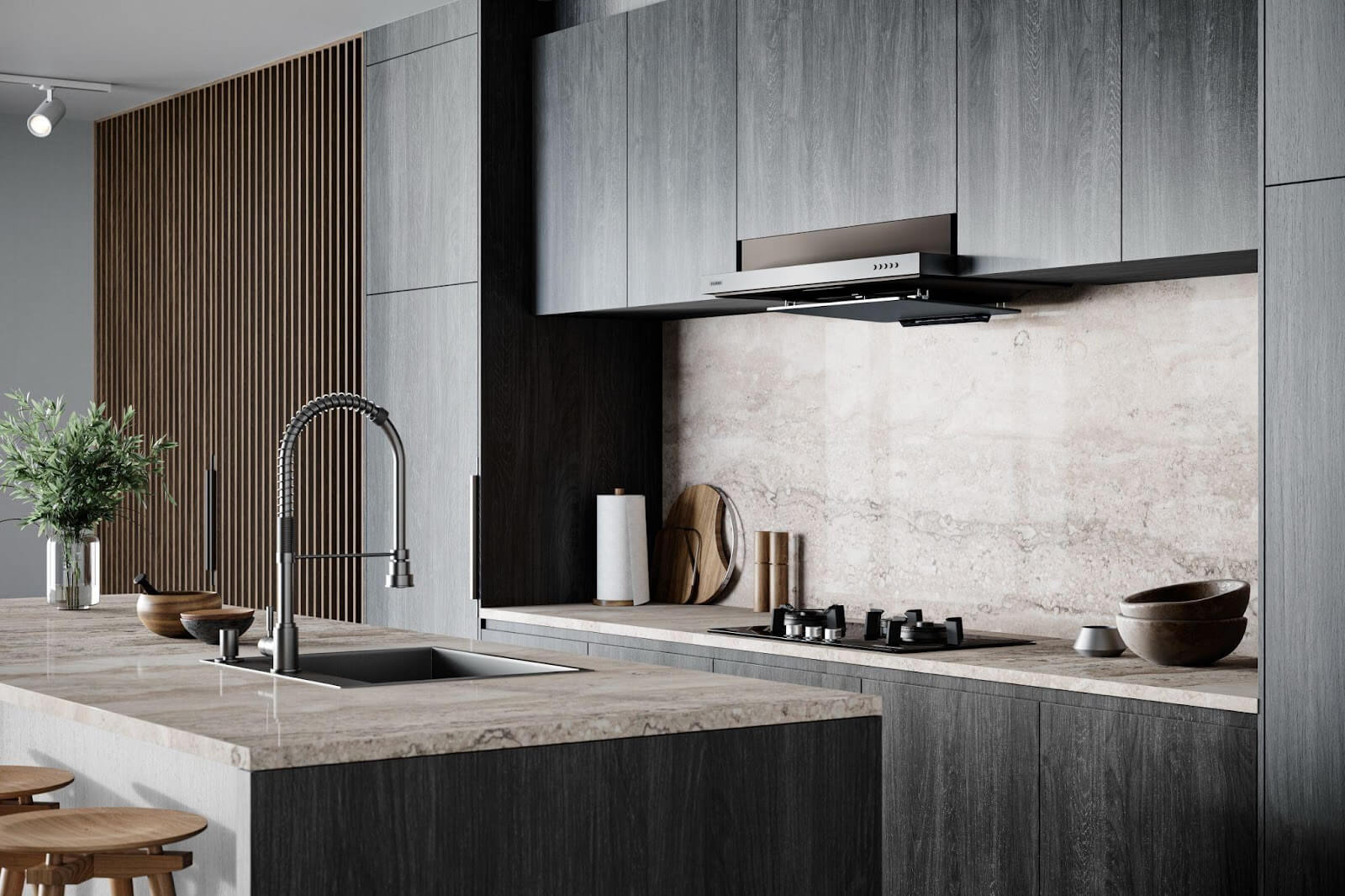
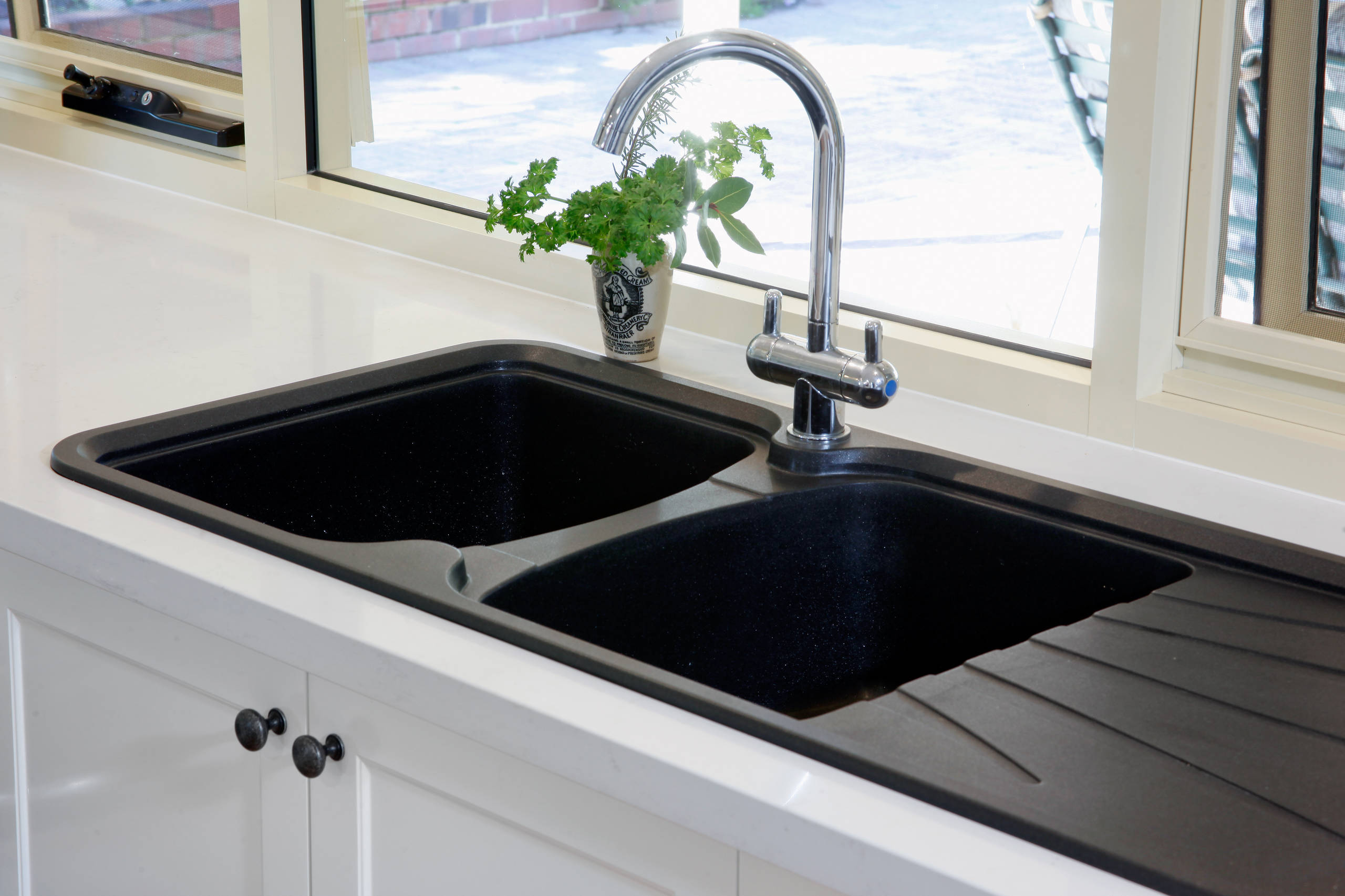

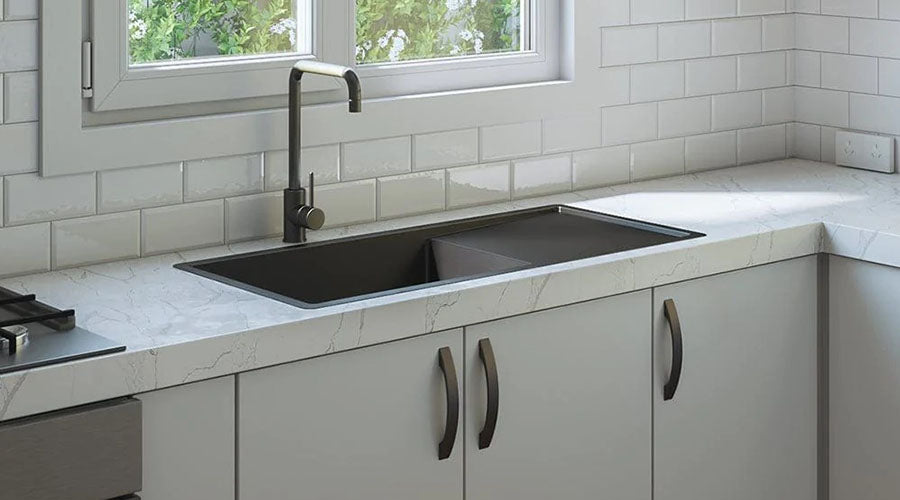
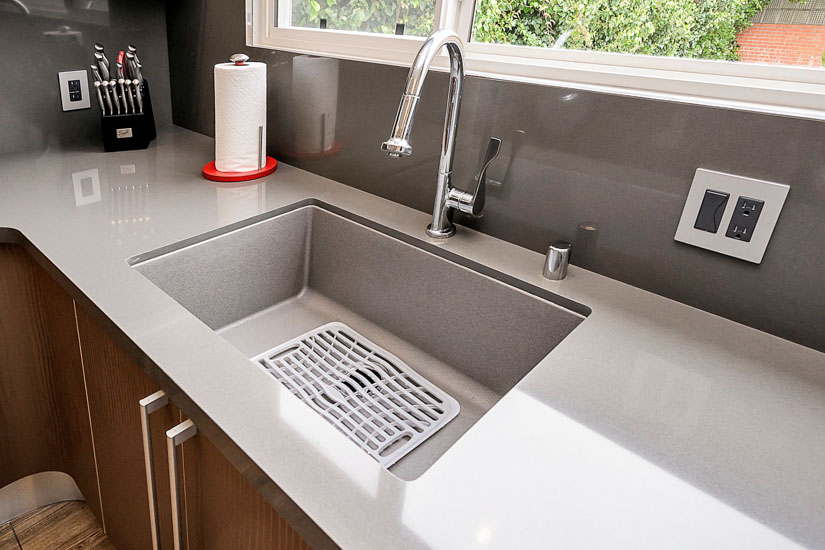
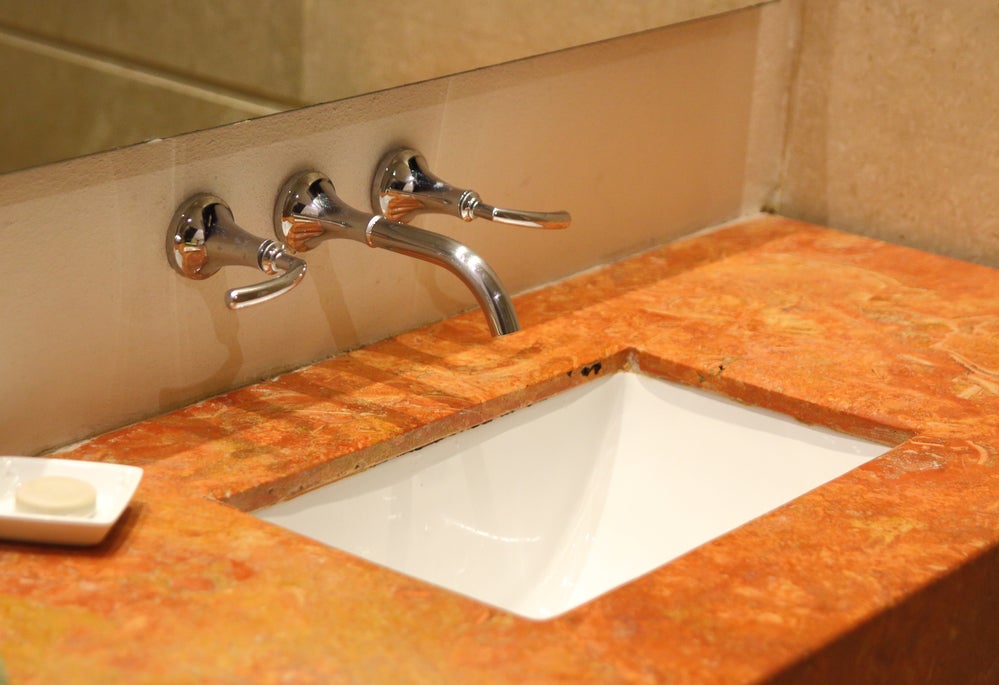

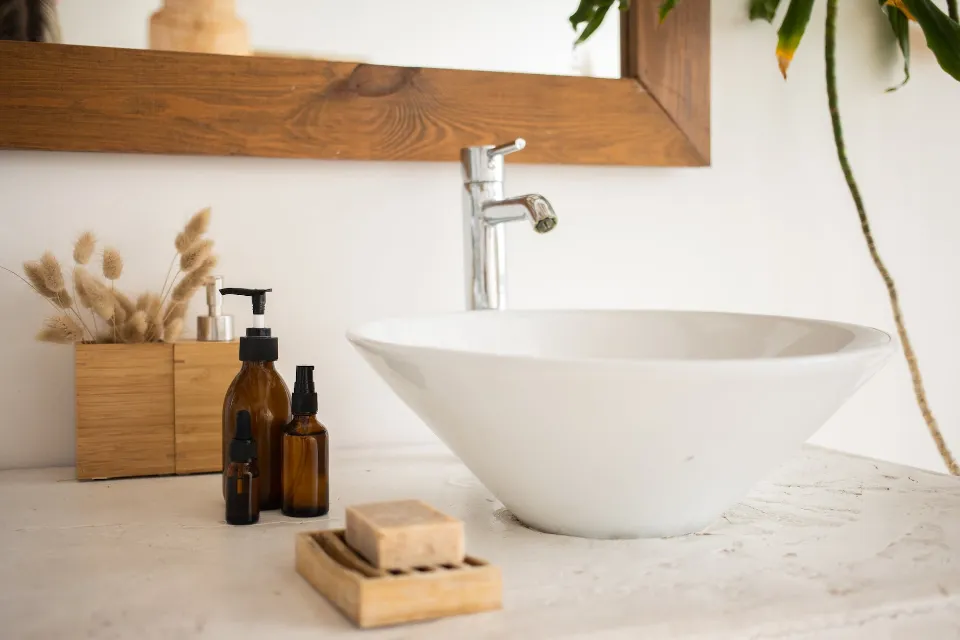
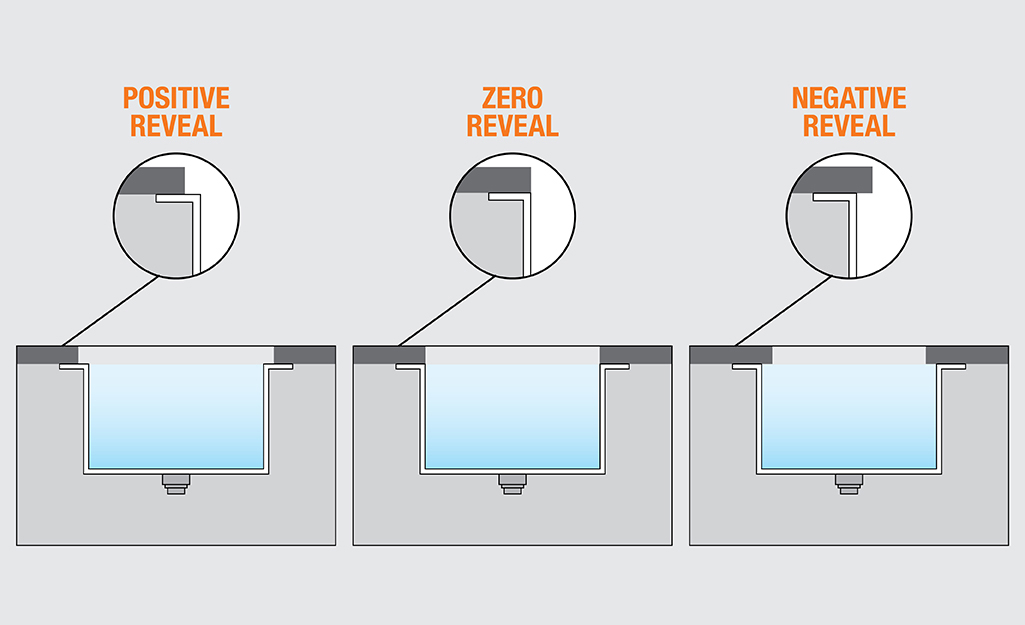



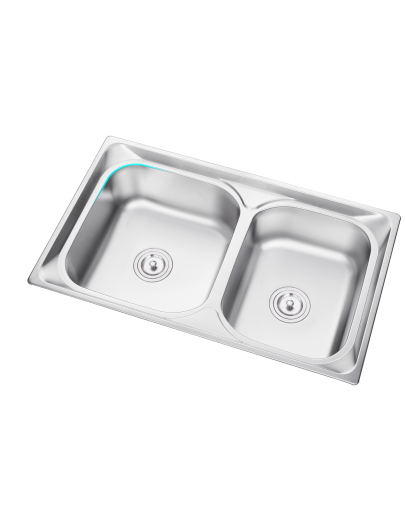
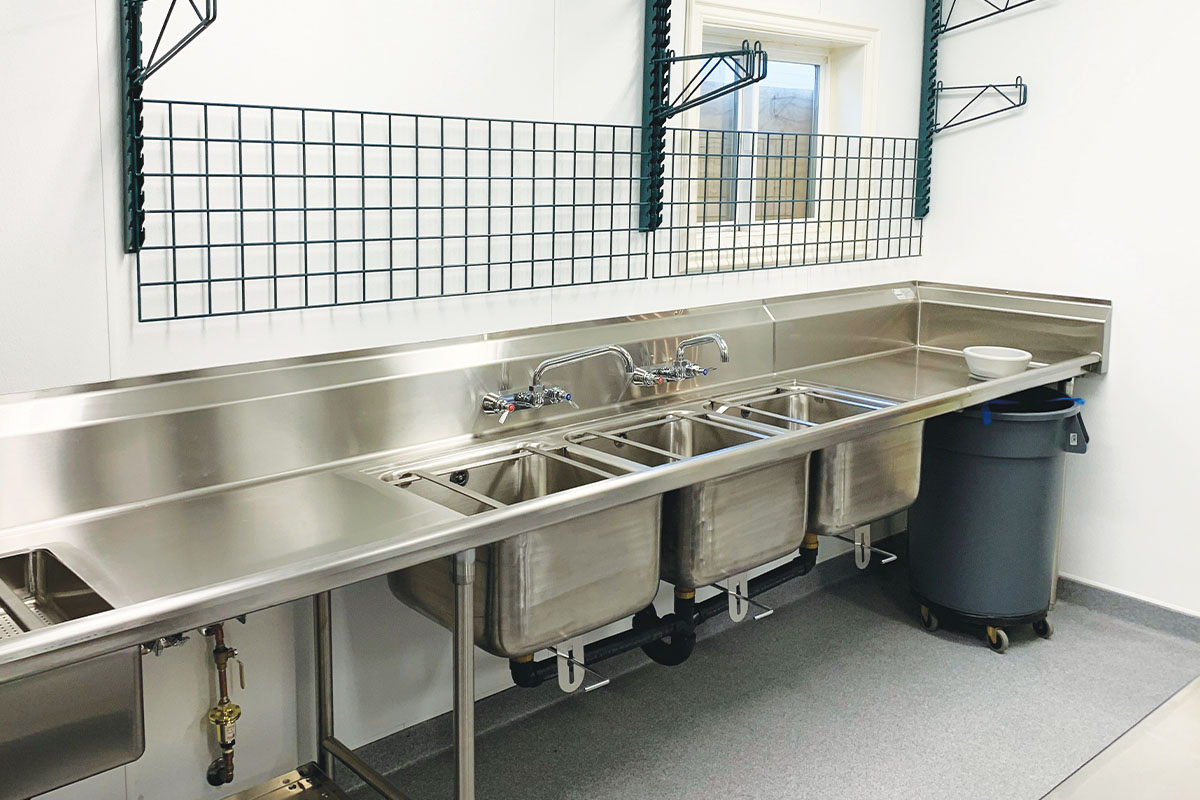
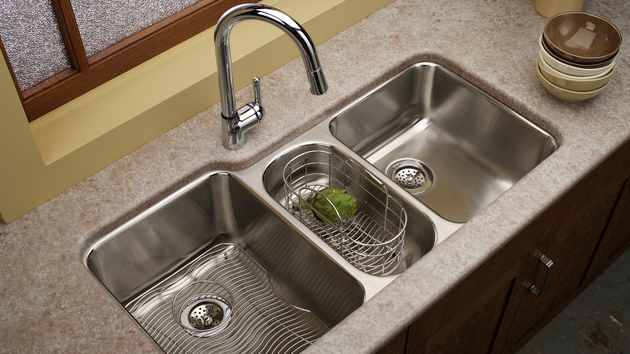
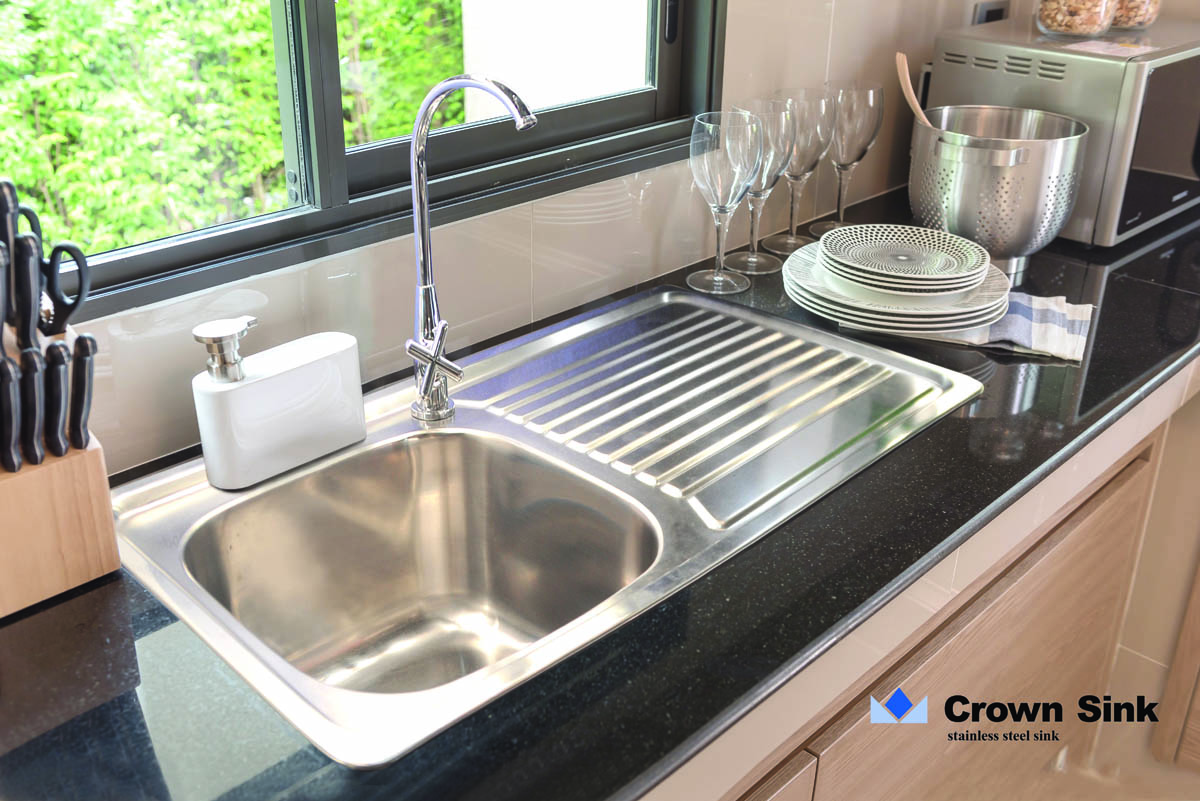

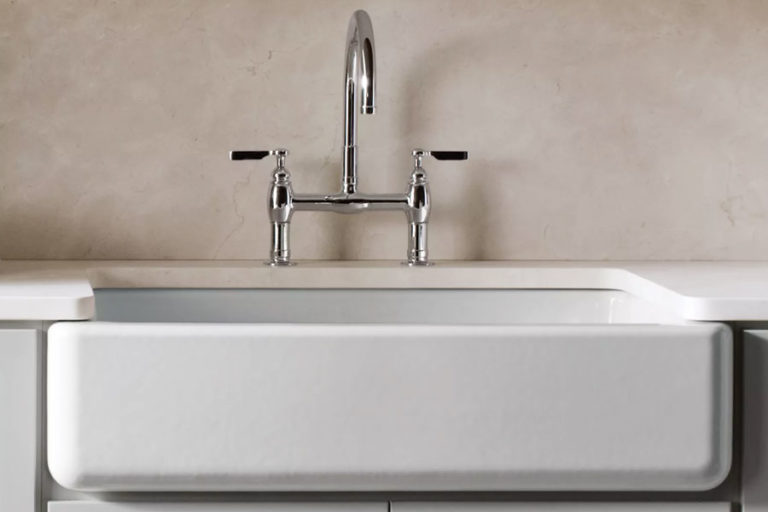

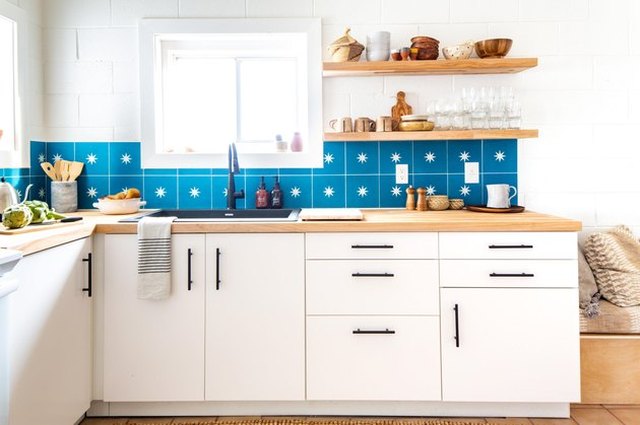

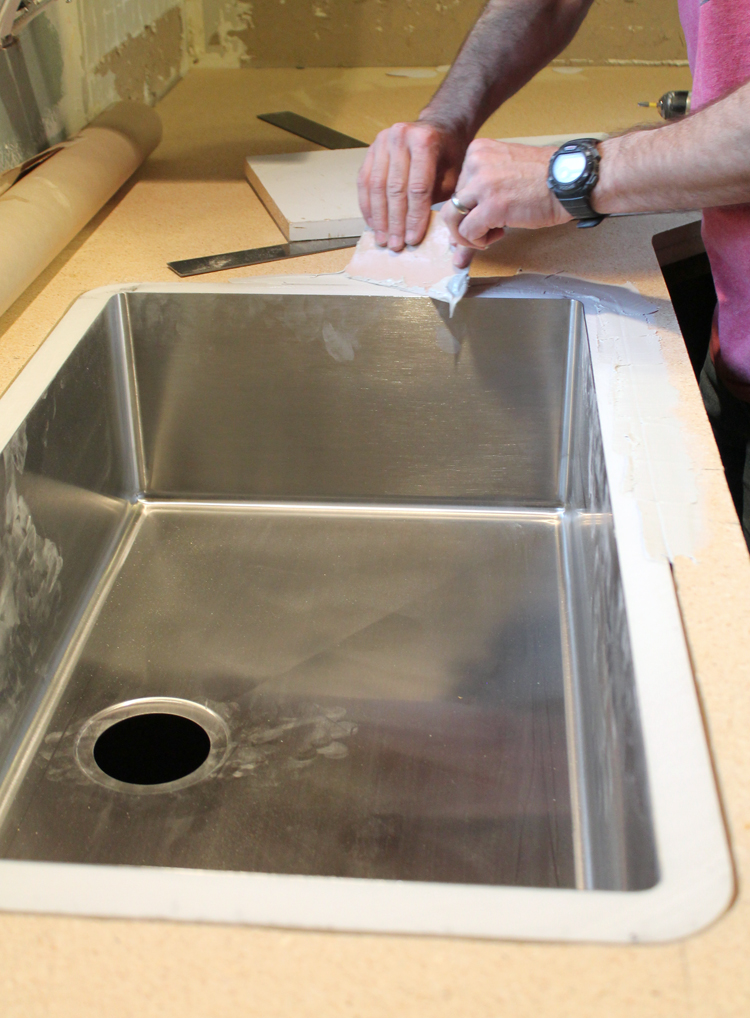



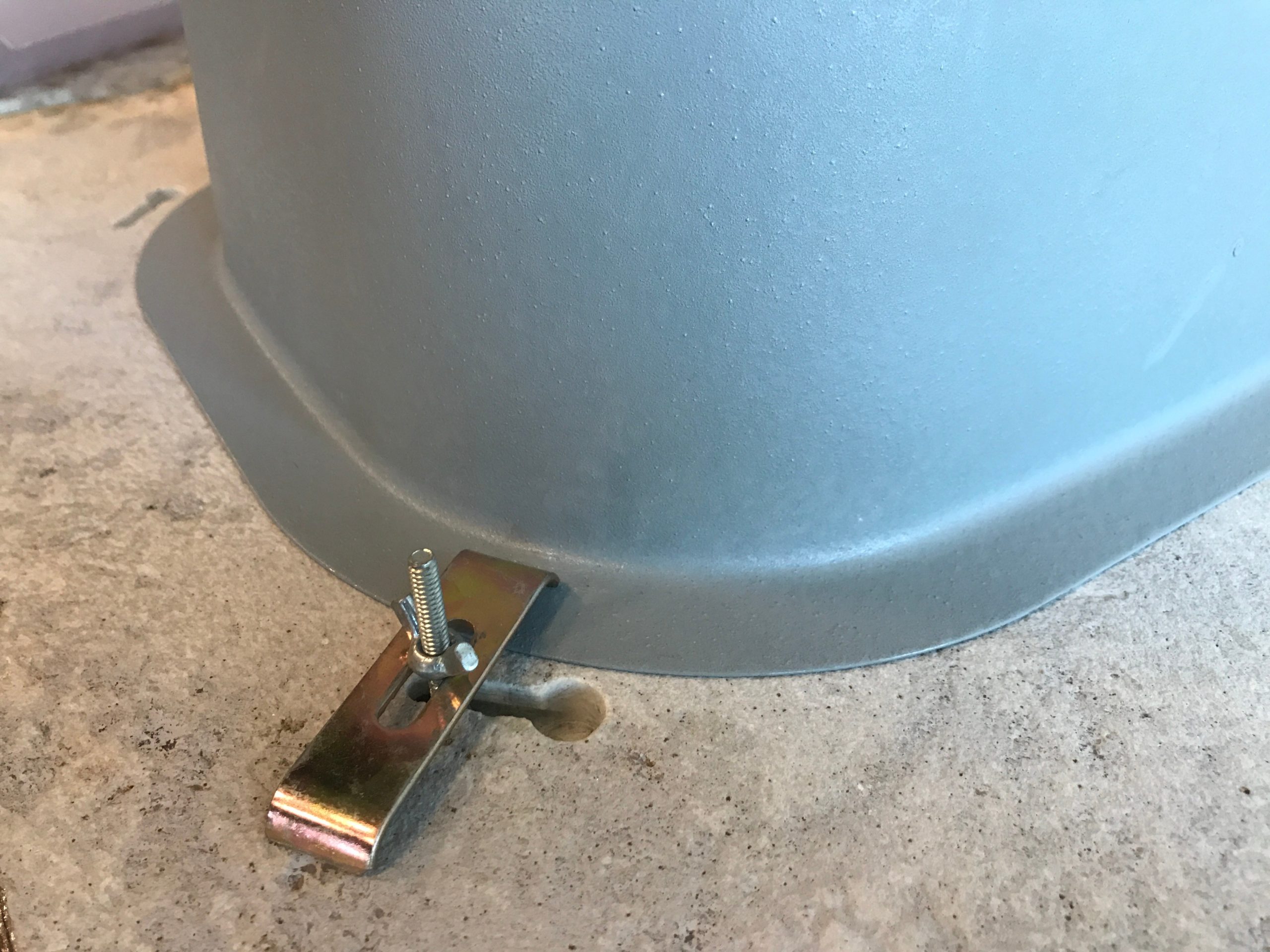
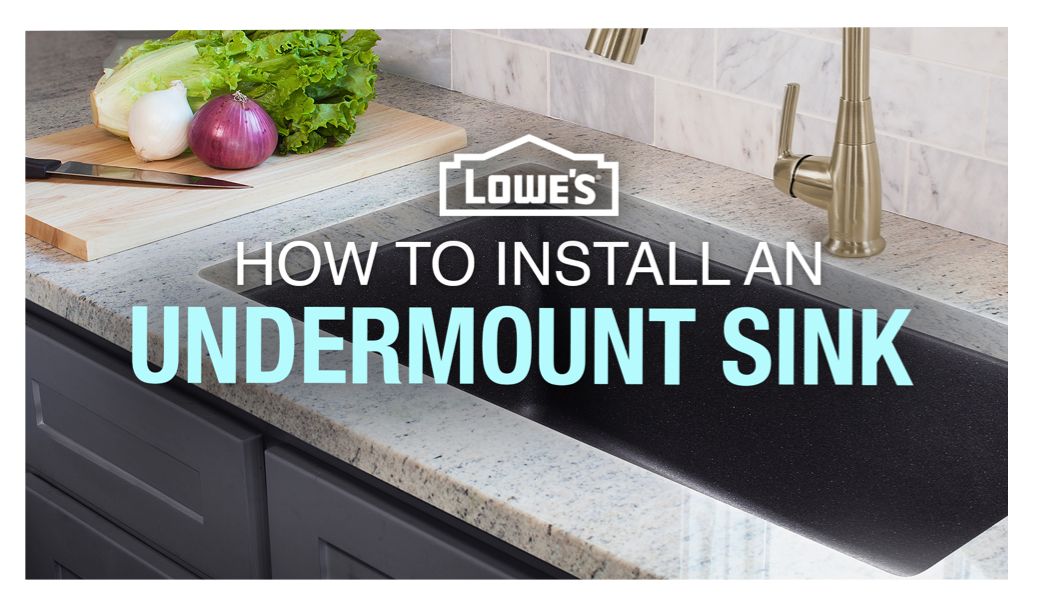



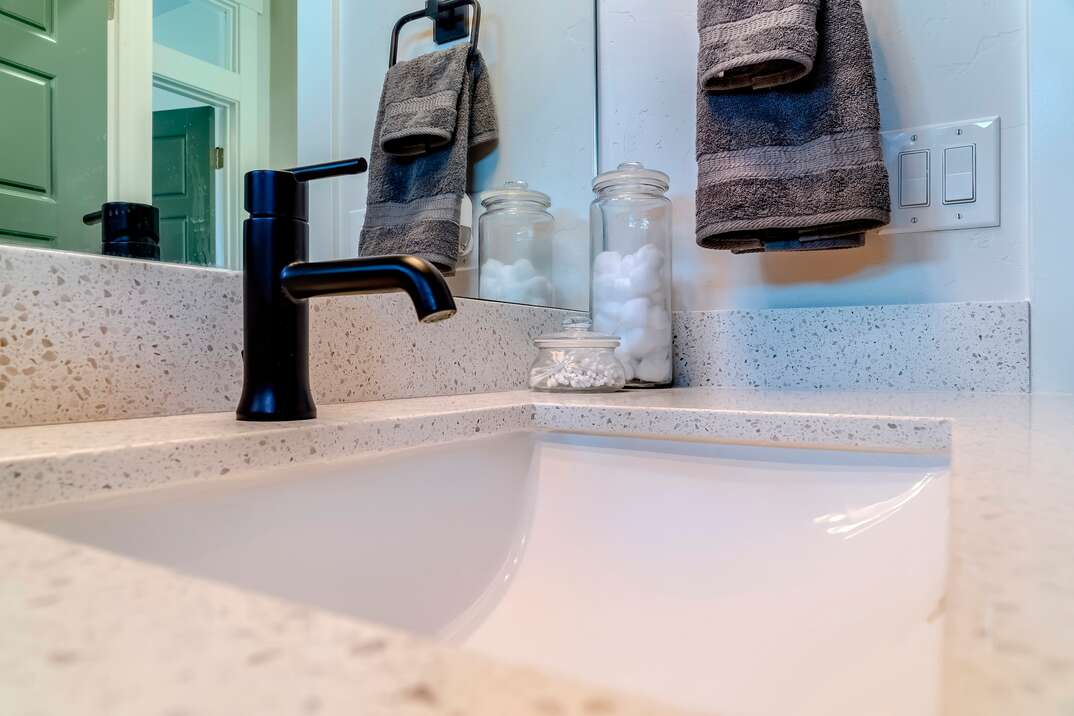





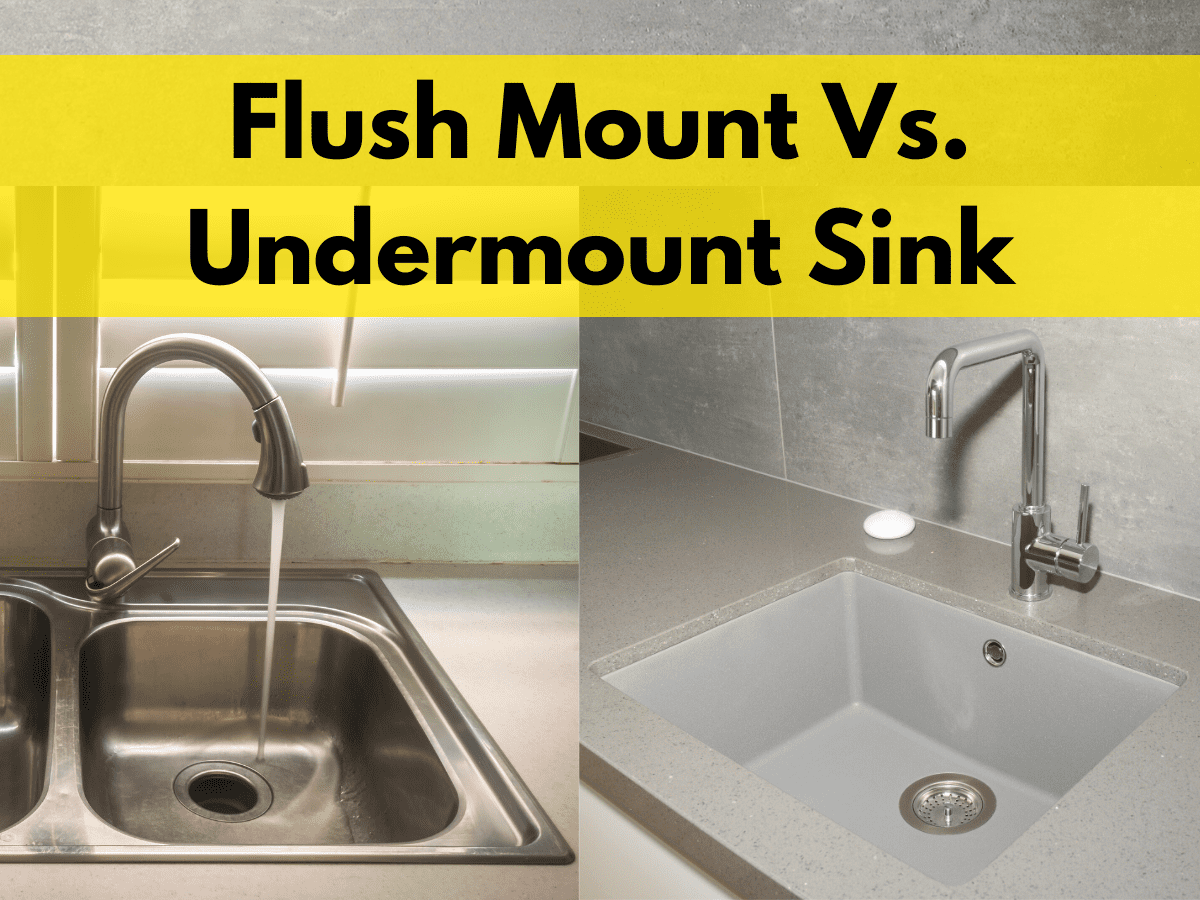
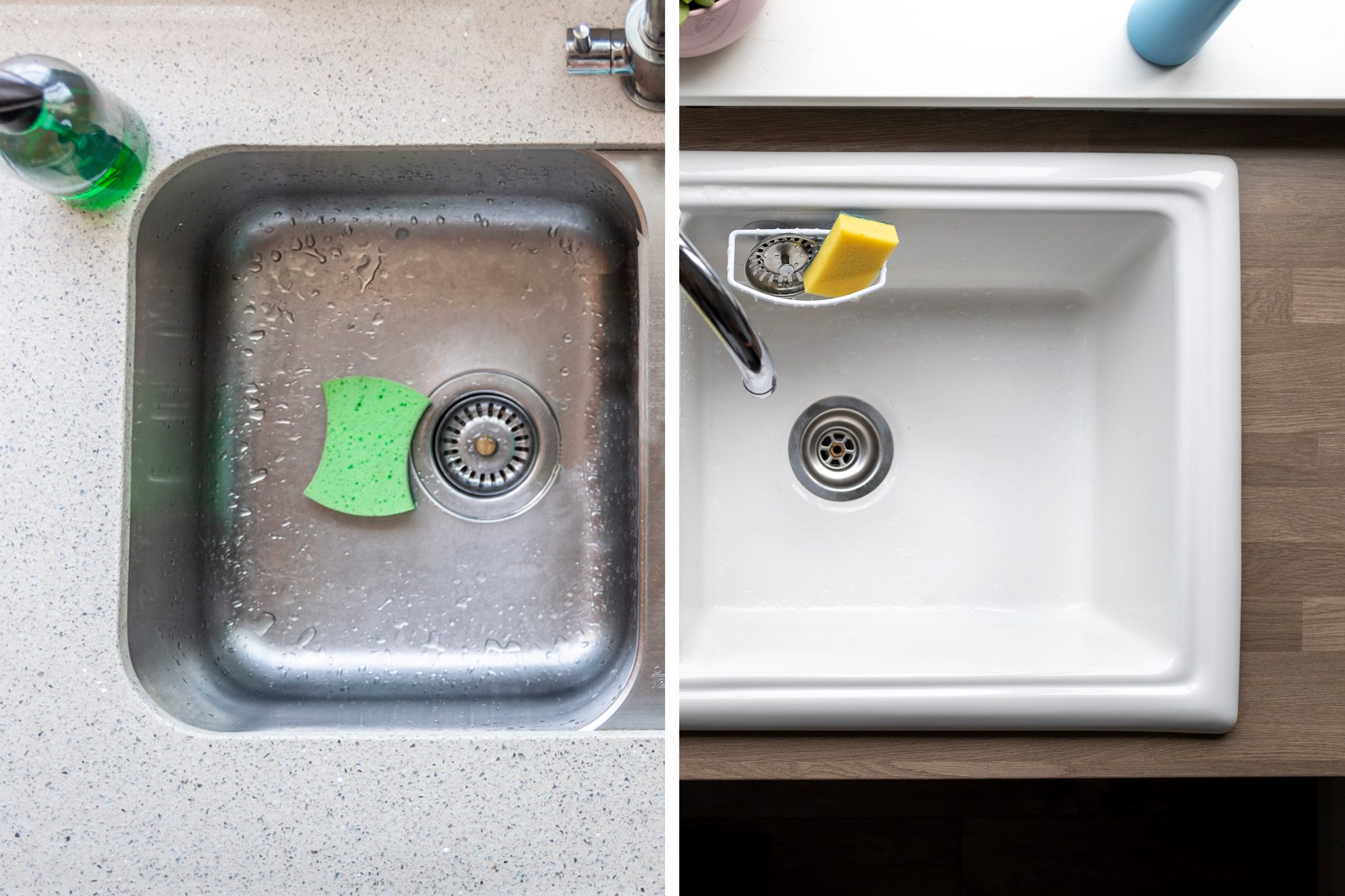





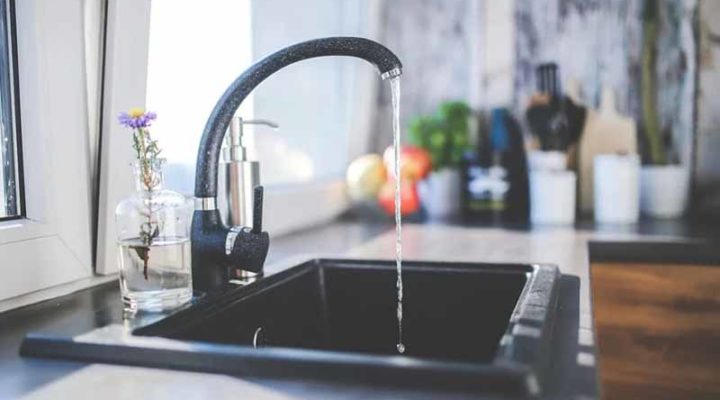

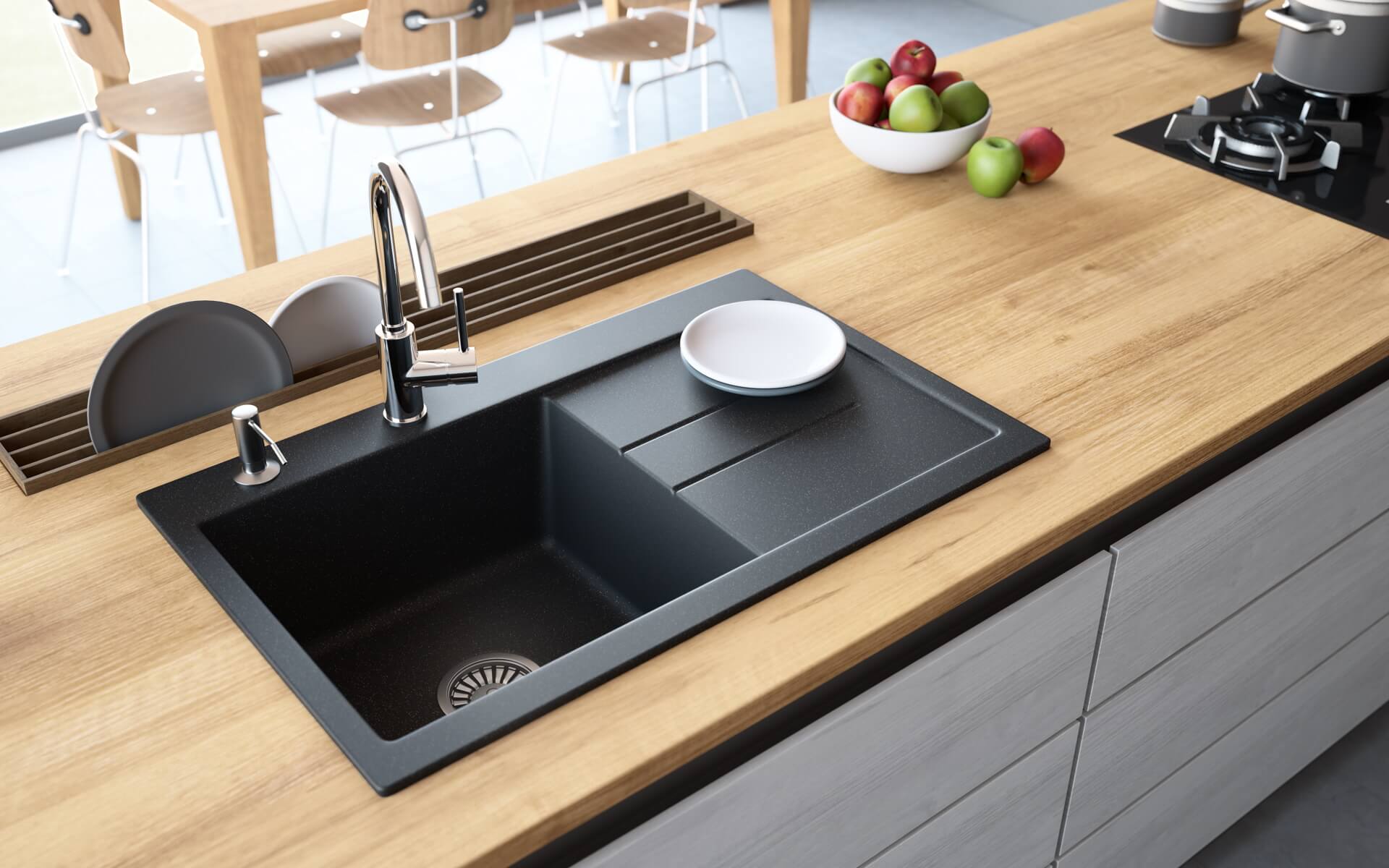
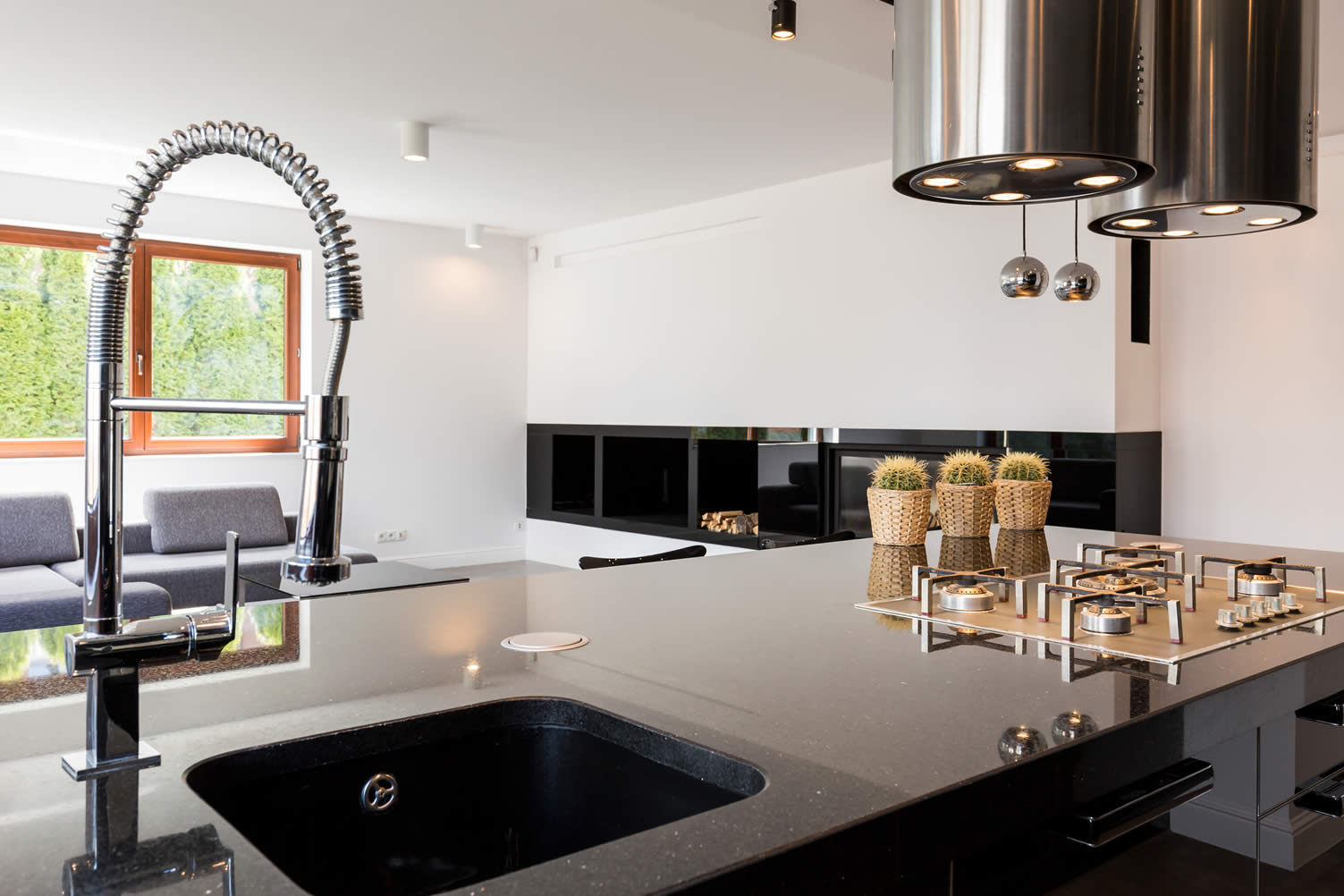

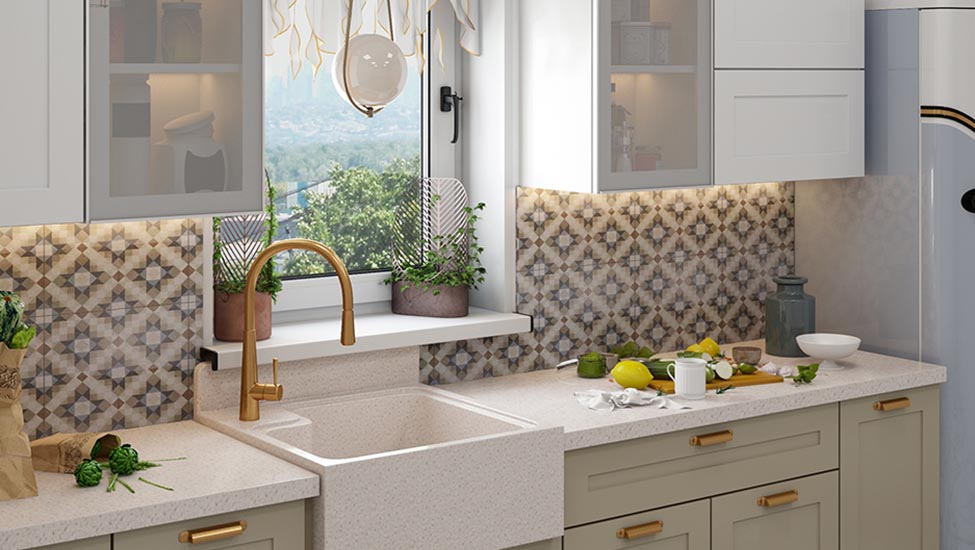

:strip_icc()/classic-kitchen-sink-blue-dish-towel-61ff66b0-fa63adf71885491c88d752ce5ac951e1.jpg)






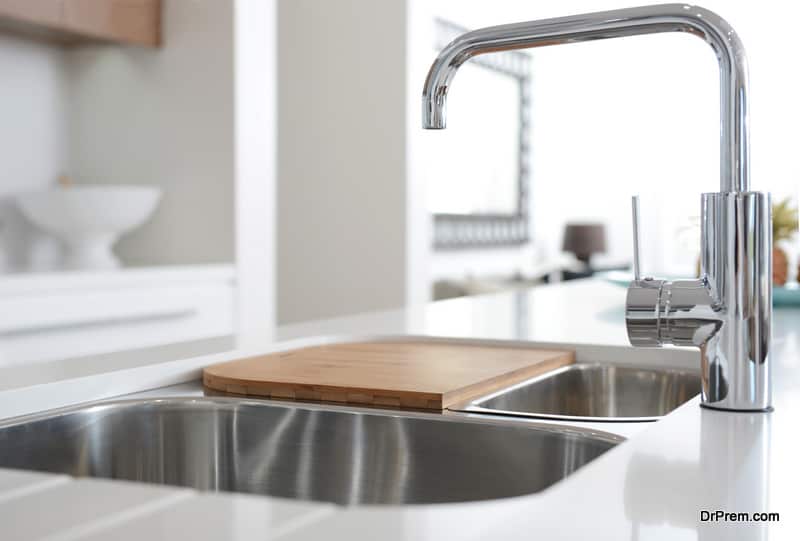
.jpg)




:max_bytes(150000):strip_icc()/kitchendoubleBasinsink-GettyImages-1098390260-420372a617b748d8a06491e6ad82d107.jpg)

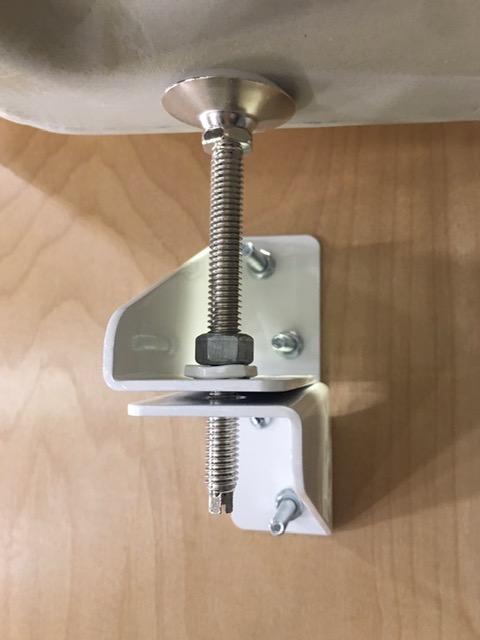

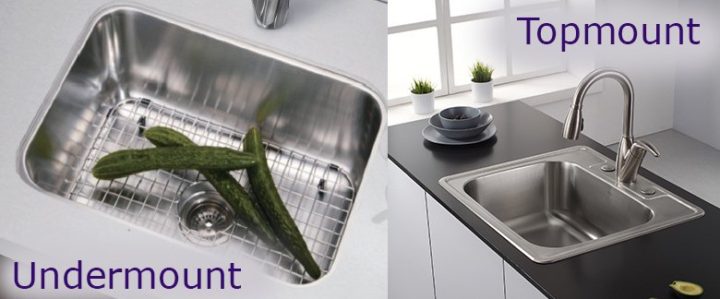
:max_bytes(150000):strip_icc()/GettyImages-169941530-5a85d1ae6bf06900372bffd0.jpg)



:max_bytes(150000):strip_icc()/GettyImages-174841379-5a85d100ba61770036d9f06c.jpg)
:max_bytes(150000):strip_icc()/basic-kitchen-sink-types-1821207-hero-54418ed30f9540a9aa6148a1394f33a6.jpg)
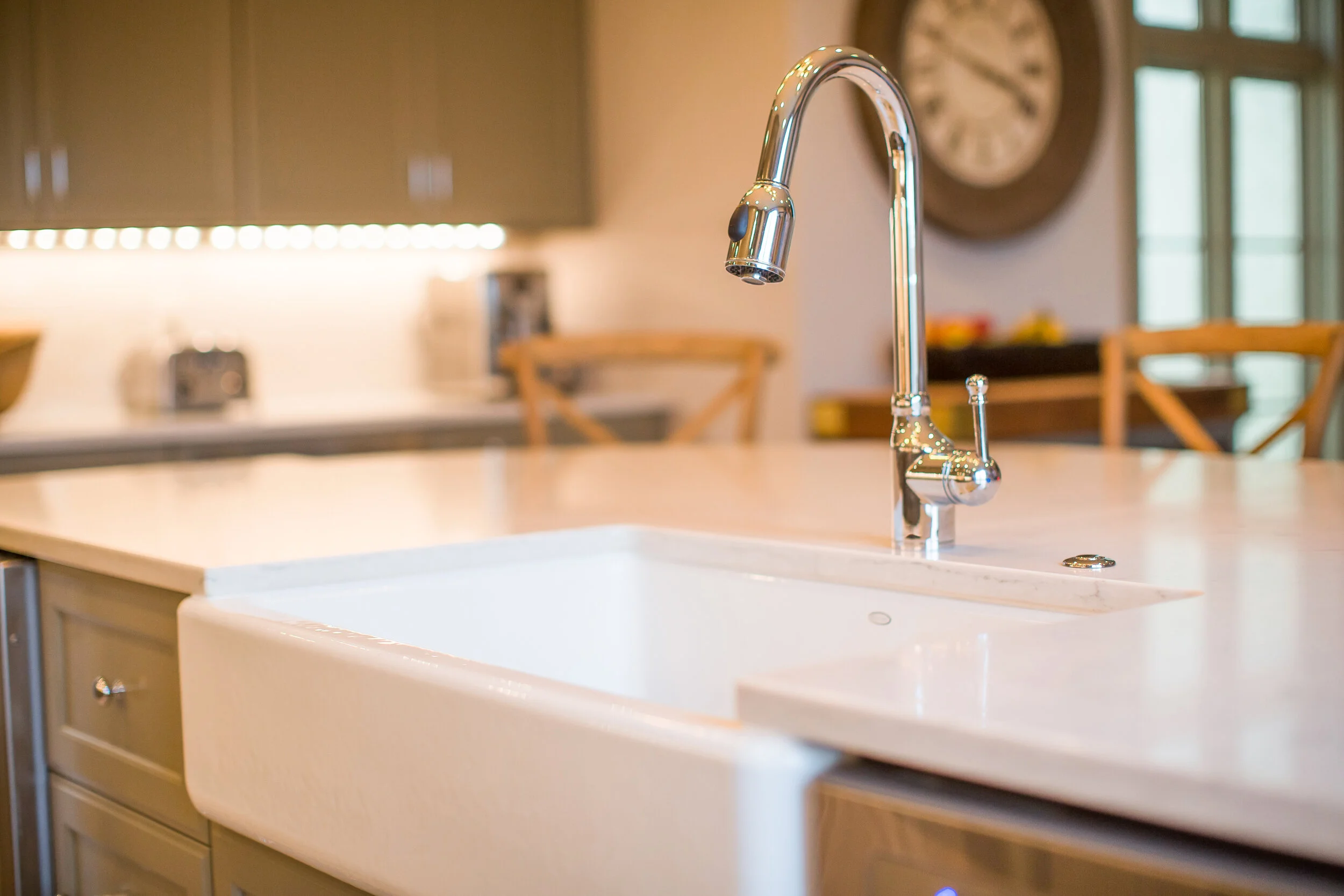
:max_bytes(150000):strip_icc()/Basic-kitchen-sink-types-1821207_color_rev-0b539306b9ef4236a136624ad2a89a4c.jpg)







